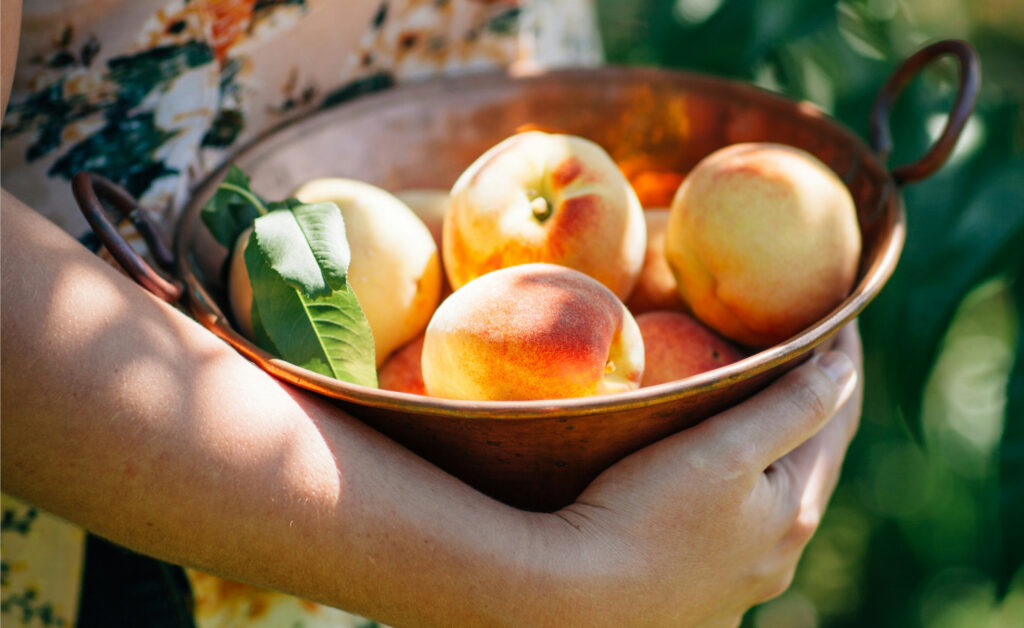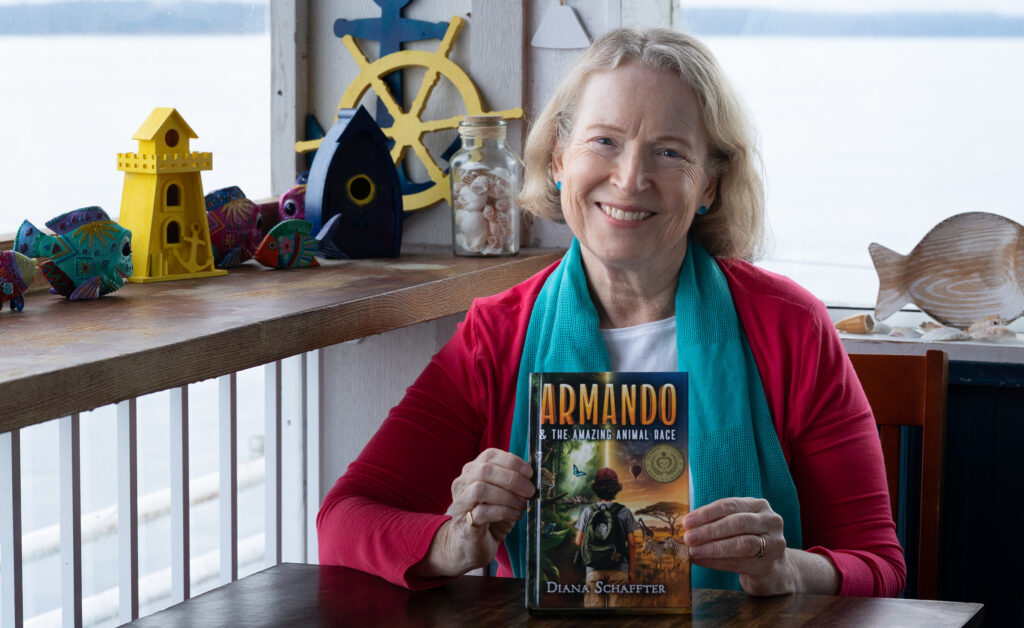by Tilar J. Mazzeo | photo by Kelly Neil –
It’s springtime, and, here on the Saanich Peninsula, the grapevines are budding. Spare a thought, though, for the vineyard owners in the Okanagan. 99% of the crop was lost in that brutal cold snap – and with it many of the vines.
How was the Saanich Peninsula spared? Vitis vinifera – the plant that produces fine wine – is hardy down to about -20°C. We got down to about -16°C locally. Parts of the Okanagan got down to -27°C.
Starting again will involve pulling out those vines and replanting, probably not earlier than next spring. From there, it’s three years to the first crop. That’s 2028 before we’d expect the Okanagan to recover – assuming vineyard owners decide to replant. Many of the smaller producers probably will not. If these past two winters are a sign of the predicted unpredictability, replanting a marginal crop is unlikely to be sustainable. At best, expect scarcity, higher prices and increased consolidation in the winery sector. More realistically: grape production is winding down.
While there won’t be the same shortage of Vancouver Island wines – offering perhaps a chance for our wines to shine for a few years – the local industry faces its own long-term challenges. Wells across the Peninsula failed last summer, and most of the southern Island is now considered an aquifer of concern. Perverse provincial legislation makes more environmentally-friendly growing practices like dry farming economically unsustainable. But even if the legislation was amended, grapes don’t have good prospects. While our maritime climate offers us some winter protection from killing freezes, the reality is that we are best suited as a region to early crops that mature before our dry season begins or autumn crops that benefit (as grapes manifestly do not) from the October rains.
But great wine doesn’t need to be made from grapes! Any fruit or vegetable can be fermented. Nor do these wines need to be the nauseatingly sweet fortified dessert wines that currently dominate this category. Lean close, and I will tell you a winemaker secret: that stuff is sugar and booze masking poor-quality wine. Don’t let it turn you off the category. If you enjoy a Sauvignon Blanc with green pepper notes, you can get your head around a dry raspberry wine with Pinot Noir notes. Market research shows that 68% of consumers, when introduced to “alternative” wines, are positive.
It’s a growing international movement among serious winemakers, because this is not just a B.C. reality. Wine Enthusiast ran a feature in 2023 on the fruit wine movement in the U.S. There are some great “alternative” wines coming out of Ontario, which, thanks to our interprovincial trade restrictions, we can’t easily sample. In province, Forbidden Fruit Winery in the Similkameen (www.forbiddenfruitwine.com) is about 40 years ahead of the curve and is the place to start if you’re curious.
Change is the only constant. Farmers know it better than anyone. We pulled out half our vineyard last year. The new raspberries are leafing out. The plum saplings are in flower. Nature finds a way; so can winemakers and wine drinkers.




